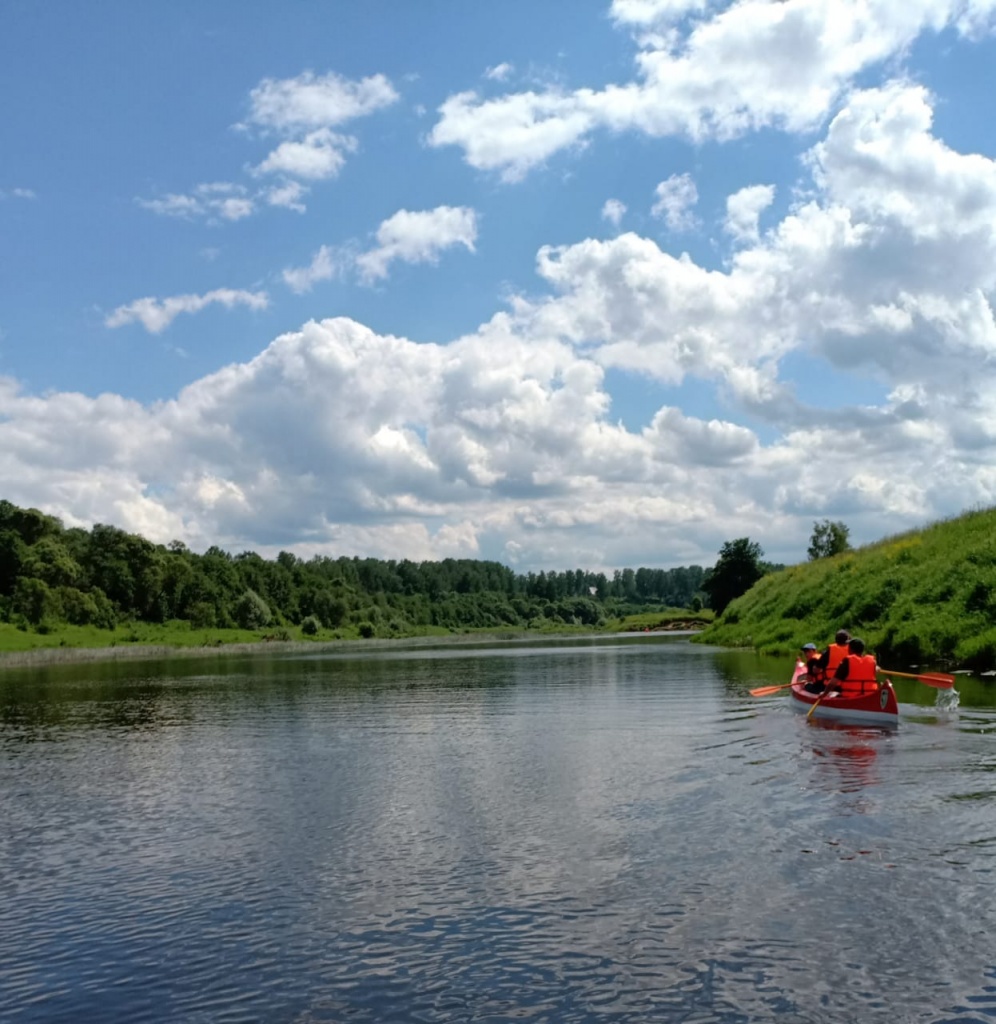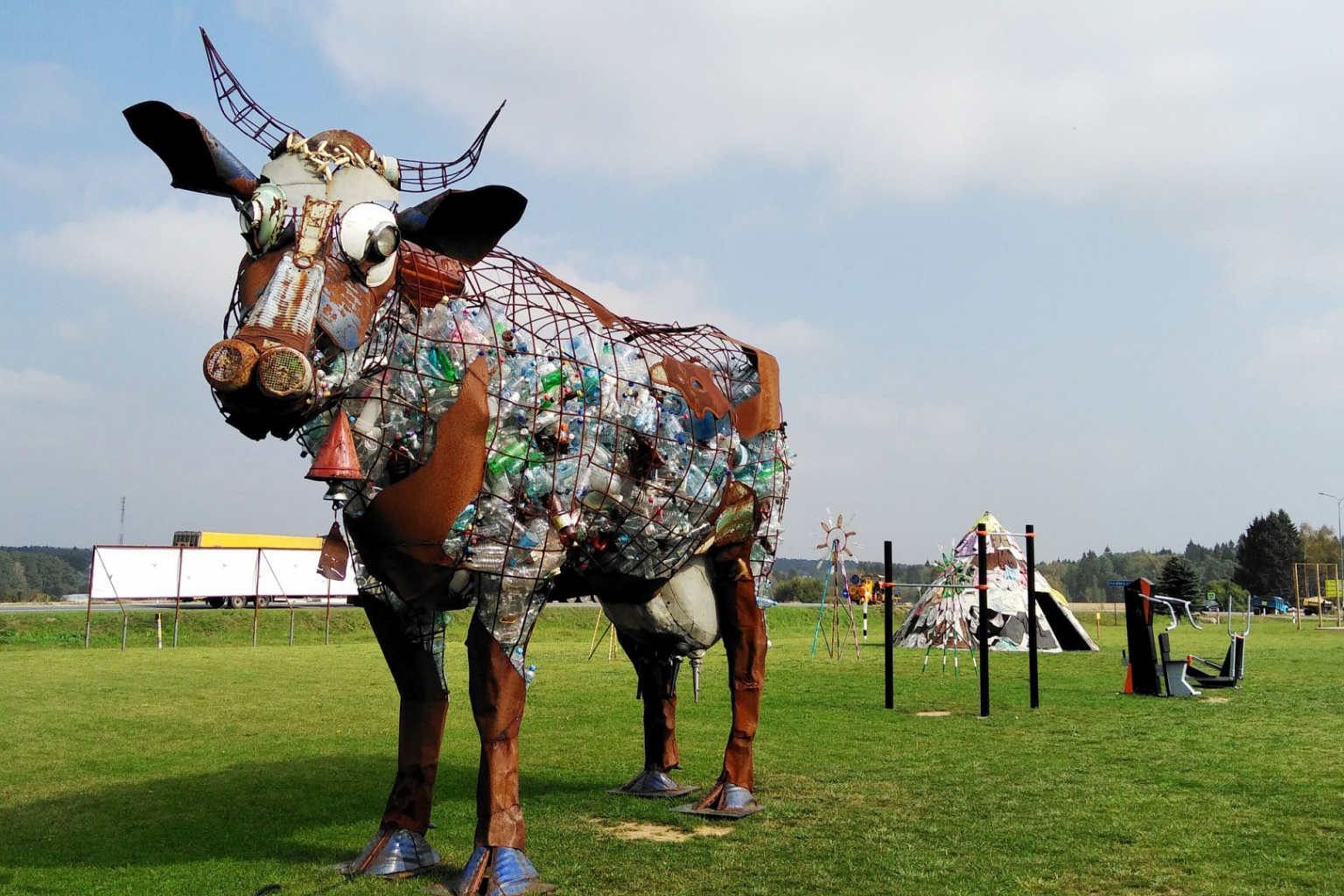
Polina Kochenkova, Deputy Minister of Culture and Tourism of the Kaluga Region, told the EcoTourism EXPERT about promising tourism projects in the region.
- The tourist flow to the Kaluga Region is increasing every year. What are the most significant ‘tourism anchors’ today?
- One of the tourist anchors is the Konstantin E. Tsiolkovsky State Museum of the History of Cosmonautics, the first in the world and the largest one in Russia created with the direct participation of S. P. Korolev and Yu. A. Gagarin. The authentic Vostok launch vehicle, as well as an exact mock-up of the world’s first spacecraft Sputnik 1, samples of the Moon soil, spacesuits of the first cosmonauts with ejection seats, and objects that have been in space are among the Museum’s exhibits.

In April 2021, the second part of the Museum was opened to visitors. The space exhibition area increased more than 5 times. Now, unique exhibits are displayed and tourists can visit an astronomical observatory, augmented reality installations, and a 5D cinema. And young tourists especially like to try on a cosmonaut’s space suit, taste ‘space’ food from tubes, use the Tsiolkovsky’s hearing trumpets, as well as to explore the Mir orbital station, choose a landing site on the Moon and ‘go into outer space’. By the way, the Kaluga Planetarium is the first in Russia with a combined optical-mechanical and digital projection, which gives a unique effect of being in space.
In the Kaluga Region where Tsiolkovsky lived and worked, everything is pervaded with space themes - museums, monuments, and unusual installations. There are special themed tours around the region, including a visit to the scientist’s apartment-museum in the town of Borovsk. There is also a four-day interregional tour called Russia is the Birthplace of Cosmonautics that covers key space-related attractions of Moscow, Borovsk, Kaluga, and St. Petersburg.
Last year, the Museum of the History of Cosmonautics was visited by more than half a million people; in total, the tourist flow to the Kaluga Region approached 3.5 million. In addition to the Museum of Cosmonautics, one of the main tourism anchors is the Ethnomir complex that is an ethnographic park-museum with pavilions presenting different countries and regions of the world, it is located in the open air on an area of 140 hectares.
The new Imperial Route is also very popular among travelers. The Kaluga Region with its ancient monasteries and the ancient merchant city of Meshchovsk - the birthplace of three tsarinas (czars’ wives) of the Romanov Dynasty - are among the attractions of this route.
- The Kaluga Region has excellent natural and recreational potential. What is interesting in the field of nature and ecological tourism?
- In the Kaluga Region, there are two specially protected natural areas, the Ugra National Park and the Kaluga Zaseki State Nature Reserve, offering excellent opportunities for ecotourism. Currently, a large environmental project is under implementation throughout the entire protected area of the Kaluga Region to return buffalos, the largest ungulate animals, to the forests of Europe. Specially organized ‘winter buffalo tours’ allow tourists to watch the life of this animal in the wild.

Since 2023, the Kaluga Region has been implementing the Great Kaluga Trail project connecting the cultural, historical and natural sites of the region as part of a landscaped and improved route along the Ugra River in five municipalities and the National Park. At the first stage, 50 km of the trail were landscaped and improved; another 150 km of trail will be improved in 2024, and a website and a navigator application with an audio guide will be worked out.
The Kaluga Region has already good opportunities for active tourism and recreation, and local history and sports tours of varying degrees of difficulty are offered, as well as kayaking, horseback riding, safari tours, skiing trips and extreme tours are offered, and hunting and fishing locations are also organized for tourists.
I can’t help but say about one of the Kaluga Region’s tourism brands - the Sparrows Bird Park - that is home to more than 400 species of rare birds and animals from all over the world, and has created all the necessary infrastructure facilities for visitors.
I think your readers will get an interesting experience at our unique art museum of garbage called MU MU. On an area of more than a thousand square meters, real works of modern art made from garbage are displayed. Creative, educational events and environmental awareness building campaign take place there.

- What new tourist destinations have appeared or are under development?
- One of our new and very interesting projects is Summer on the Oka, which helped in restoring the passenger transportation along the Oka River, so several themed routes were created, and tourism programs were worked out.
The Kaluga Region is active in developing the industrial tourism. Those who wish can visit the garment or confectionery factories, a real brick factory and an interactive paper making museum, as well as an agricultural large-scale company, a dairy farm and an organic one. An additional regional subsidy has been allocated for the development of rural tourism.
The Summer in the Village: Relax in the Kaluga Region project is successful and popular with tourists. This project offers various festivals held from May to September at the rural tourism sites in the region, including fishing competitions, family celebration events and active recreation festivals. Every year, the number of events increases as well as the number of those who take part in them.
An event tourism, in principle, is one of our important tourism segments. The Arkhstoyanie, the largest festival of landscape art objects in Russia, held in the Nikola-Lenivets Art Park, is a must-visit. There is also a children’s version of this festival, it was hold at the end of June this year.

Cultural and religious tourism segments are also rather popular in the Kaluga Region. Optina Pustyn (literally Opta’s hermitage, an Eastern Orthodox monastery for men near the town of Kozelsk) and Ambrosievskaya Pustyn (nunnery) near the Shamordino village, the Kaluga Region, are visited by more than 100 thousand tourists annually. An interesting Tarusa-Russian Barbizon route named after the French Barbizon village that is a place of pilgrimage for the Impressionists. There are many places in Tarusa associated with writers, poets, painters and musicians, including the Tsvetaevs Family Museum and the house-museum of the famous Russian writer Konstantin Paustovsky. In the outskirts of Tarusa, there is the Istomino Estate belonged to Leo Tolstoy’s great-grandfather, as well as the dacha (summer cottage) of the Russian classical pianist Svyatoslav Richter, and, of course, the Polenovo Estate Museum where travelers can now come to during a river cruise.
In 2023, a master plan for the development of Tarusa was signed, thanks to which the town having the richest cultural, historical and natural potential will become one of the important attractions in the Kaluga Region. The plans are to improve the embankments, develop a town’s landscape park, and create a continuous network of hiking and bicycle trails, including a traffic-free zone in the historical center of the town.
Our plans are to develop this and other promising tourism segments, including those developed in cooperation with our neighbors - the Tula Regions, as well as the Serpukhov District and the city of Kolomna in the Moscow Region. I am sure, the joint themed projects will be of interest to both residents of our regions and numerous tourists.
Photos courtesy of the Kaluga Region Tourism Development Center
